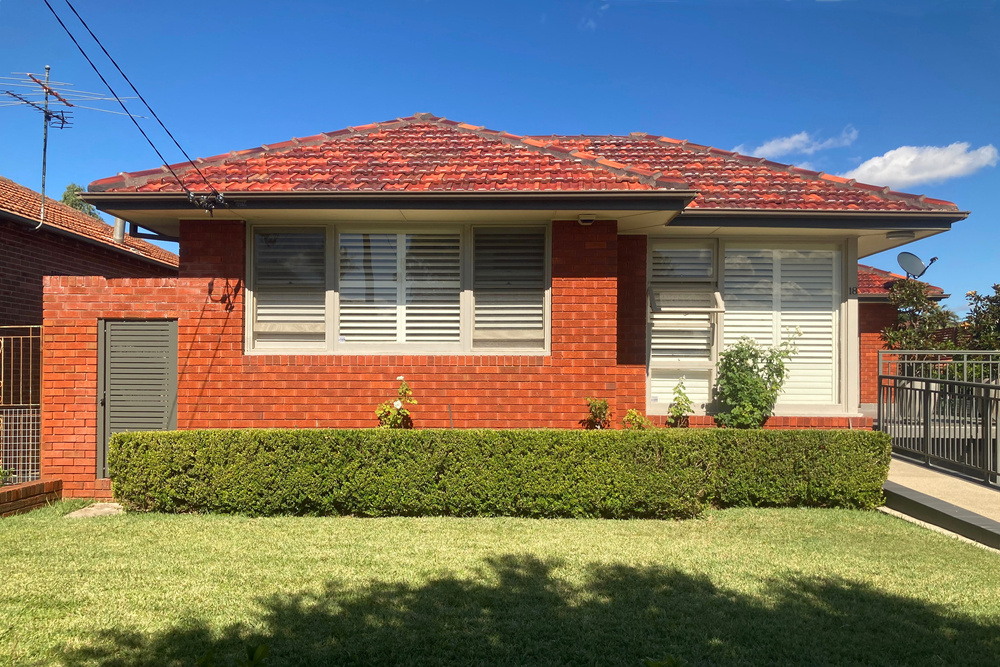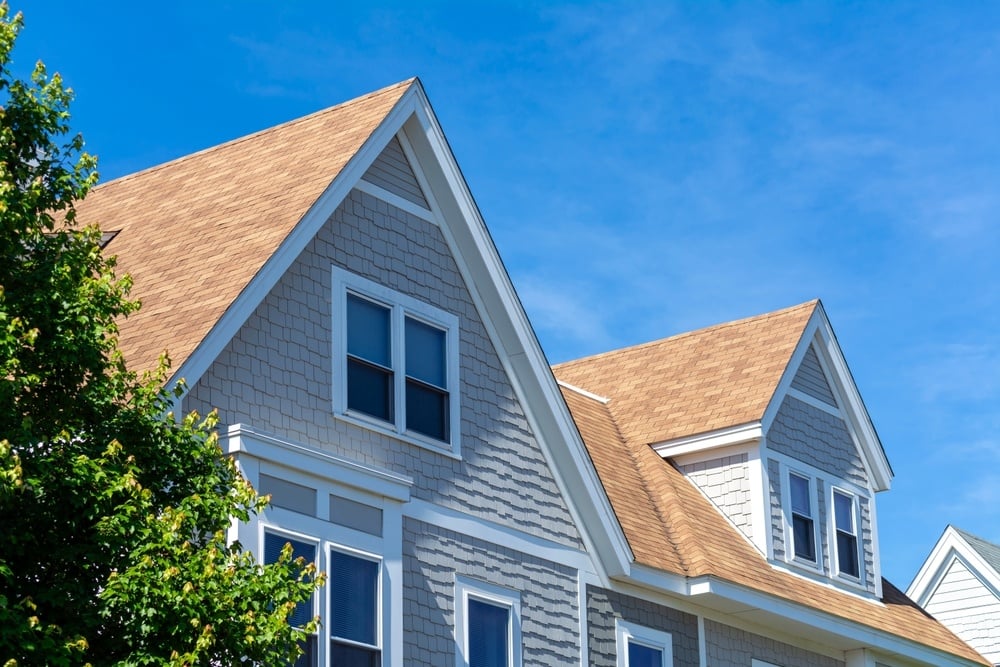
Oct
Guide to Pitched Roofs
Pitched roofs are a popular architectural feature in homes across Australia, offering both functional and aesthetic benefits. They come in various styles, each with its unique advantages and considerations.
In this guide, we will explore what pitched roofs are, the different types commonly found in Australia, their pros and cons, and how to determine which type might be best for your home.
What is a Pitched Roof?
A pitched roof is characterised by its sloped design, which facilitates the drainage of rainwater. This design not only enhances the aesthetic appeal of a building but also plays a critical role in protecting the structure from weather-related damage. The angle of the pitch can vary significantly, influencing both the overall look of the home and its performance.
Pitched roofs are typically constructed using a variety of materials, including tiles, metal sheeting, or shingles. The pitch of the roof is measured in degrees or as a ratio of the vertical rise to the horizontal run, influencing how steep or gentle the slope appears. Common pitches in Australia range from 20 to 45 degrees, depending on regional weather conditions and aesthetic preferences.

Types of Pitched Roofs in Australia
Several types of pitched roofs are commonly found in Australian architecture. Each type offers unique characteristics and advantages, catering to different styles and climates.
1. Gable Roof
The gable roof is one of the most recognised styles, featuring two sloping sides that meet at a central ridge. This design is prevalent in many suburban homes due to its straightforward construction and efficient water drainage. Gable roofs provide ample attic space, making them ideal for homeowners looking to maximise storage or living areas.
2. Hip Roof
Hip roofs have slopes on all four sides, converging at the top to form a ridge. This style offers enhanced stability against wind and weather, making it a preferred choice in areas prone to storms. The design also creates additional living space in the attic, although it may require more materials and labour compared to gable roofs.
3. Skillion Roof
A skillion roof, or shed roof, consists of a single sloping surface, often used in modern and contemporary designs. This style is popular for extensions and minimalist homes, providing a sleek, modern aesthetic. Skillion roofs are relatively simple to construct and offer excellent water drainage, although they may not provide much attic space.
4. Mansard Roof
The mansard roof is a four-sided design with two slopes on each side, the lower slope being steeper than the upper. This style is often associated with French architecture and provides a distinctive appearance. The mansard roof allows for significant attic space, making it suitable for additional rooms or living areas.
5. Dutch Gable Roof
The Dutch gable roof combines elements of both gable and hip roofs. It features a gable section on top of a hip roof, providing the aesthetic appeal of a gable while maintaining the stability of a hip. This design is versatile and can add character to a home while providing ample living space.
Pros and Cons of Pitched Roofs
Pros
- Efficient Drainage: The slope of pitched roofs allows for effective water drainage, reducing the risk of leaks and water damage. This is especially important in regions with heavy rainfall or snow.
- Aesthetic Appeal: Pitched roofs come in various designs that can enhance the architectural style of a home. Whether you prefer a traditional or modern look, there’s a pitched roof style to suit your taste.
- Energy Efficiency: Pitched roofs can contribute to better energy efficiency. The design can promote natural ventilation, helping to keep homes cooler in summer and reducing the need for air conditioning.
- Additional Space: Many pitched roof designs allow for extra attic or loft space, which can be converted into bedrooms, storage, or recreational areas, providing added value to the home.
- Durability: Pitched roofs are typically more durable than flat roofs, especially in areas with heavy rainfall. The sloping design minimises water pooling, reducing wear and prolonging the lifespan of roofing materials.
Cons
- Higher Construction Costs: Pitched roofs can be more expensive to construct than flat roofs due to their complexity and the materials required.
- Maintenance: While pitched roofs are durable, they may require more maintenance, particularly if they have features like chimneys or skylights that can lead to leaks.
- Limited Space for Solar Panels: Depending on the pitch, there may be limitations on installing solar panels. A steep pitch may not be ideal for solar energy, requiring careful consideration of orientation.
- Wind Resistance: While pitched roofs offer stability, poorly designed or constructed roofs may be susceptible to wind uplift, especially in cyclone-prone areas. Proper engineering and material choices are crucial to mitigate this risk.
Which Roof is Best for my Home?
Choosing the best pitched roof for your home depends on several factors, including your location, climate, architectural style, budget, and personal preferences. Here are some considerations to guide your decision:
Climate and Weather Conditions
Consider the climate in your area. If you live in a region with heavy rainfall or severe storms, a steeper pitch may be beneficial for efficient drainage. On the other hand, in areas with moderate weather, a gentler pitch might suffice.
Architectural Style
The design of your home plays a significant role in roof selection. A gable roof may complement a traditional home, while a skillion roof may enhance a modern design. Ensure the roof style aligns with your home's overall aesthetics.
Budget
Your budget is a critical factor in determining which roof to choose. While pitched roofs can be more expensive to construct, consider the long-term benefits and potential increase in property value that a well-designed roof can provide.
Space Requirements
Think about how much additional space you need. If you’re considering an attic conversion or want extra storage, choose a roof design that allows for ample vertical space.
Local Regulations
Before making a final decision, check with local building codes and regulations. Some areas have specific requirements for roof pitches, materials, and designs based on climate and zoning considerations.
Professional Advice
Consulting with an architect or a roofing specialist can provide valuable insights. They can assess your home’s design and your specific needs to recommend the best pitched roof option.
Final Thoughts
Pitched roofs are a versatile and popular choice for homeowners in Australia, offering numerous benefits in terms of drainage, aesthetics, and energy efficiency. With various styles to choose from, it’s essential to consider your home's architecture, climate, and budget when selecting the right pitched roof. By understanding the pros and cons of each style, you can make an informed decision that enhances your home’s beauty and functionality for years to come.
Ready for a new roof? Talk to us! At Roo Roofing, we are Brisbane’s roofing experts. Whether you’re after a pitched roof or a different style, we can help. Trust us to deliver quality roof replacements, restorations, and repairs for your home.
Book your FREE consultation today.



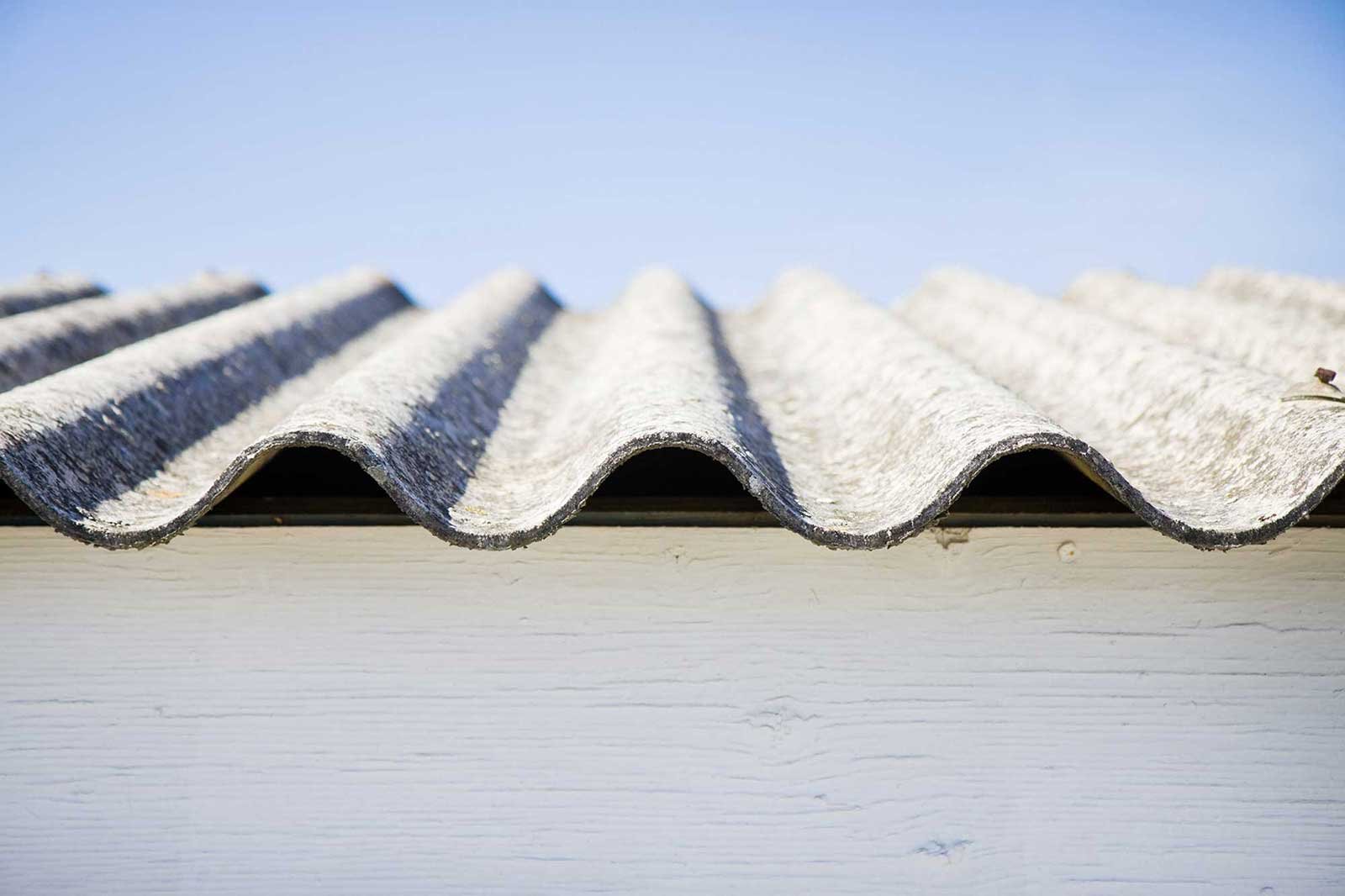




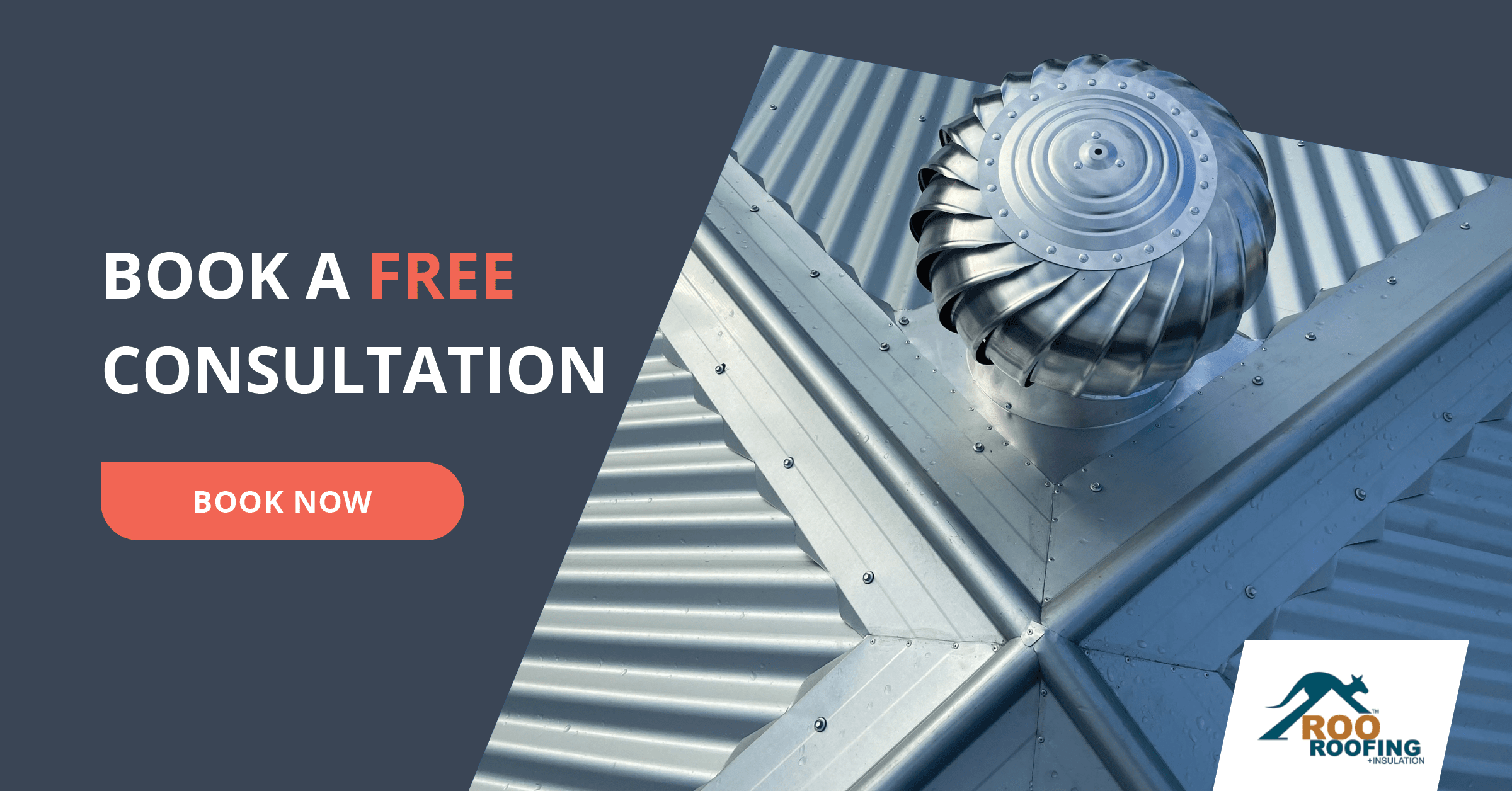
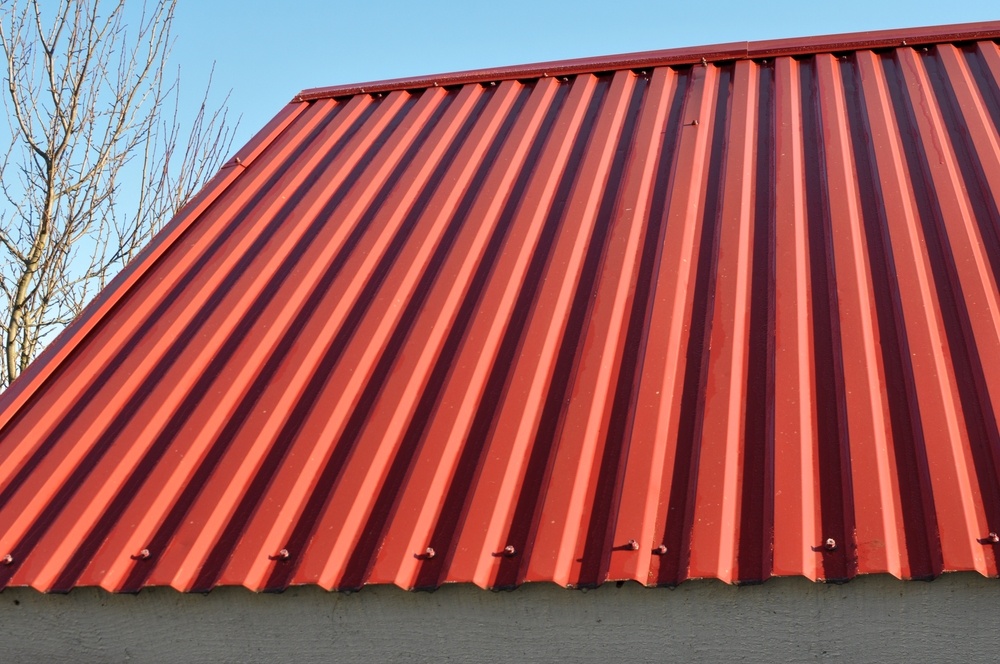
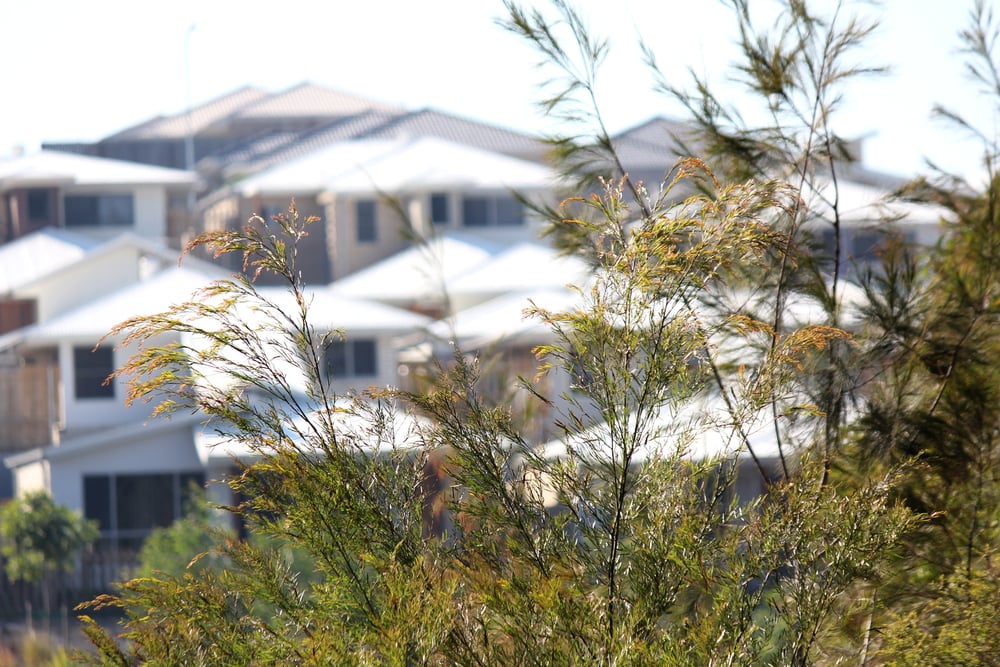

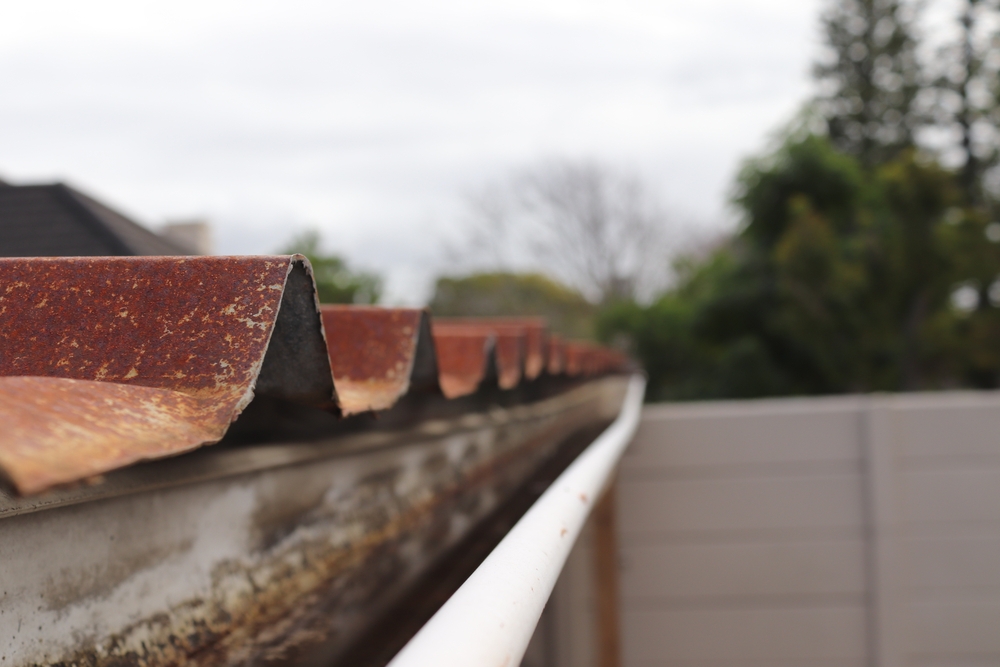
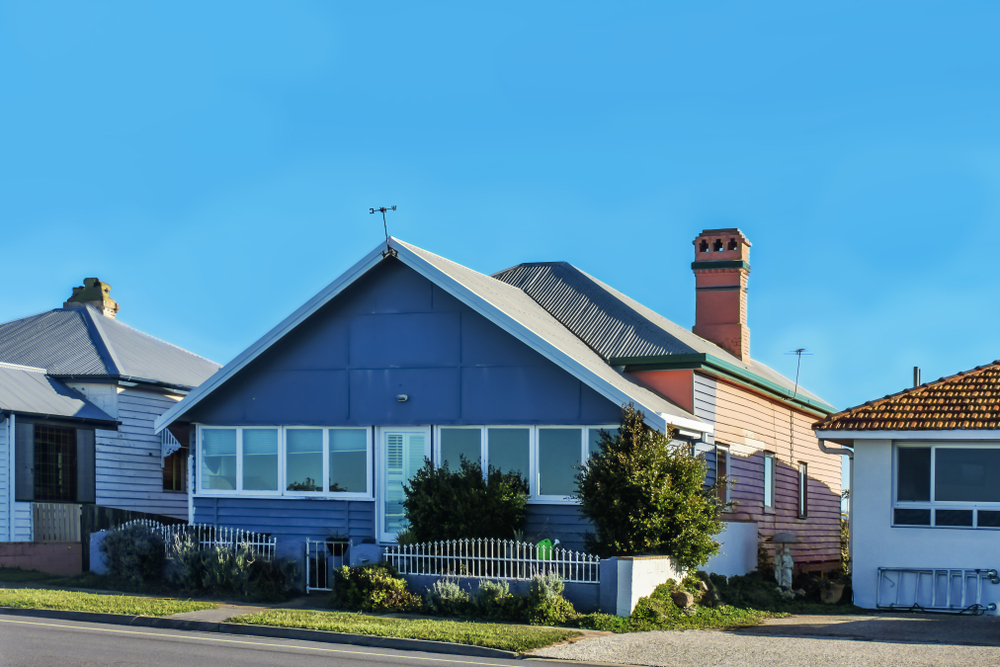
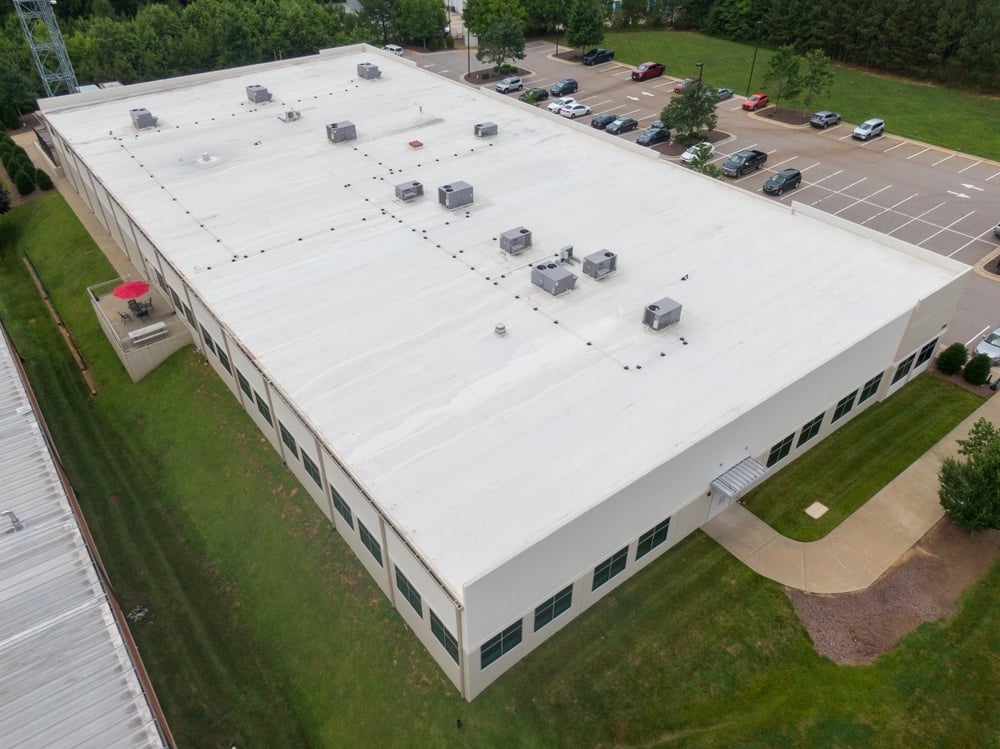
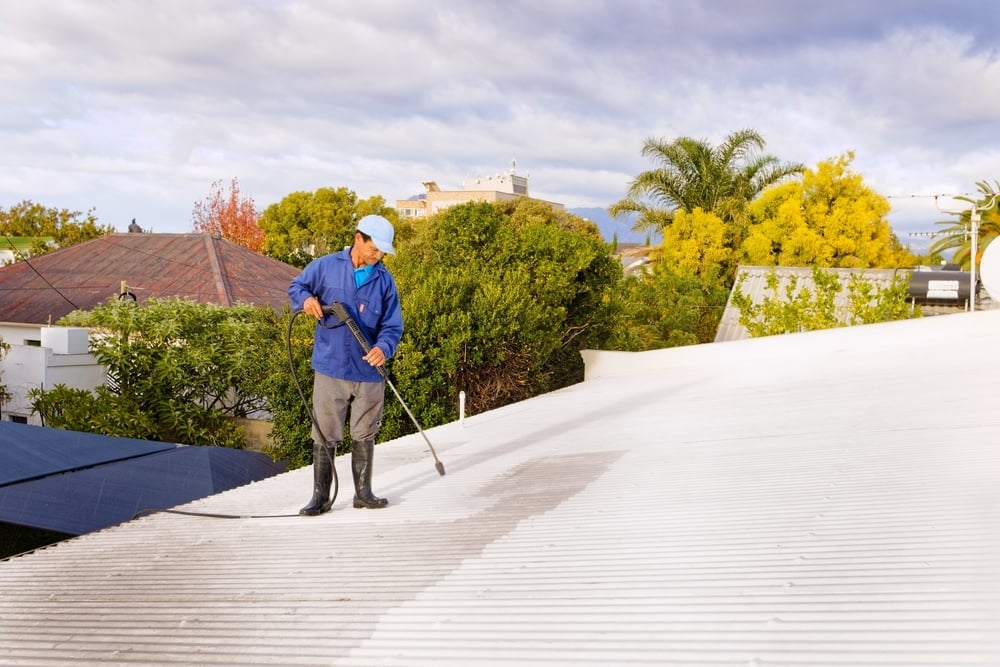
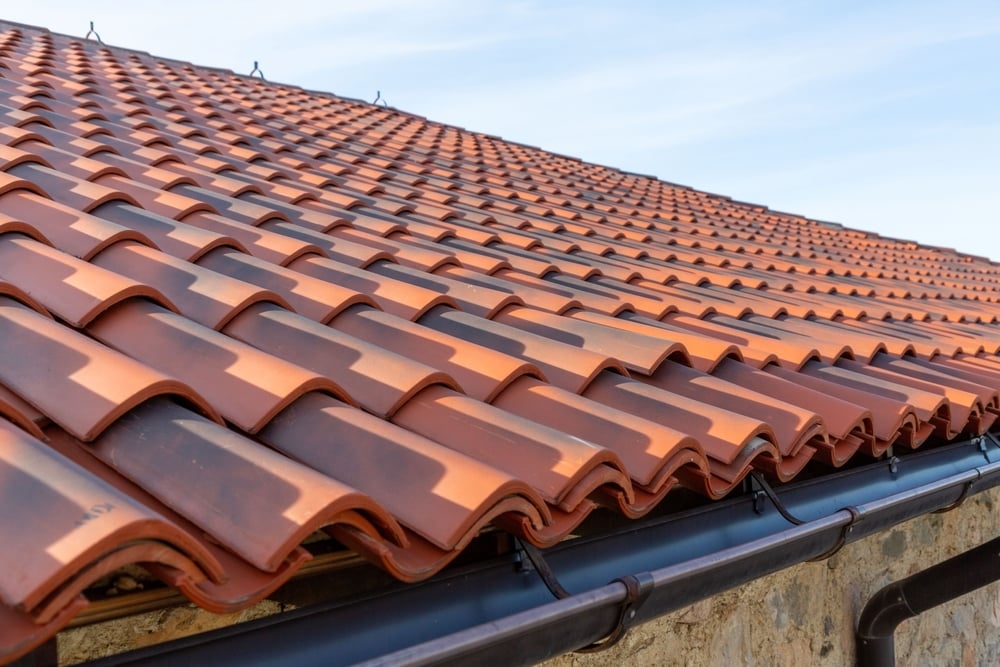
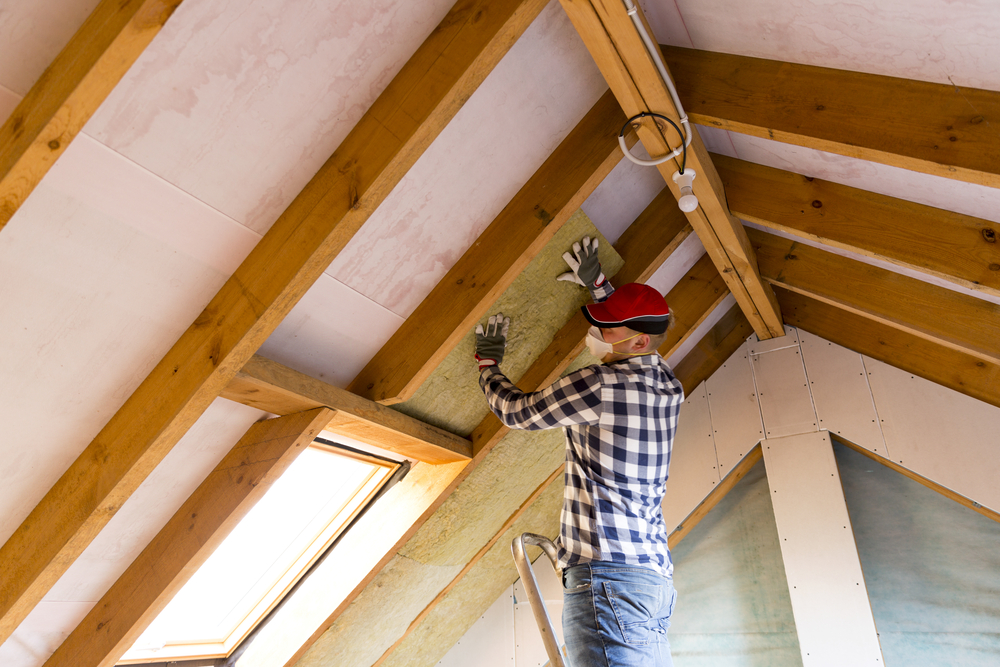
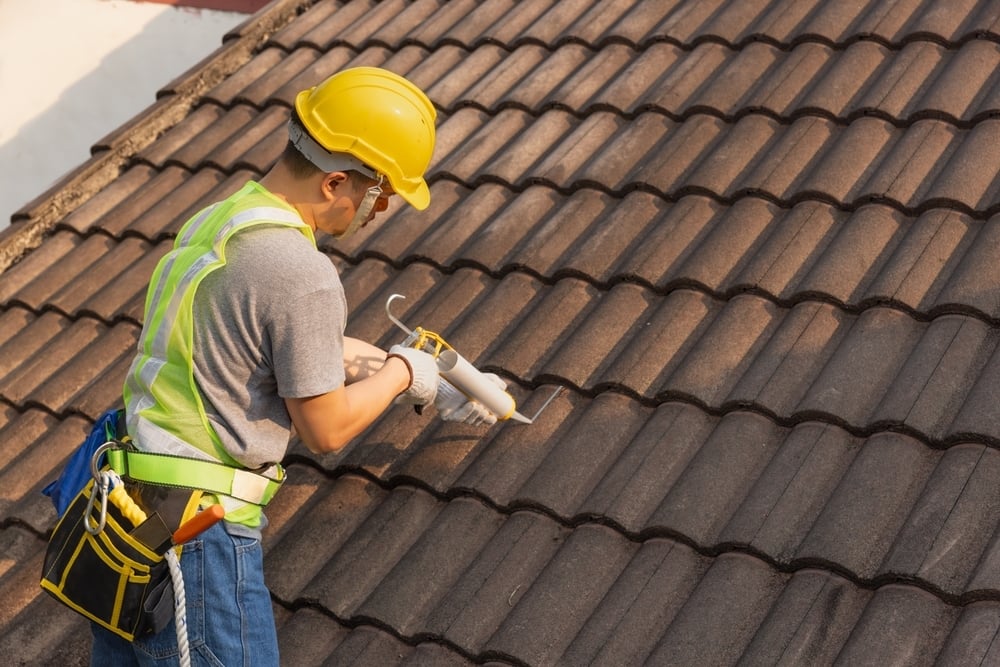
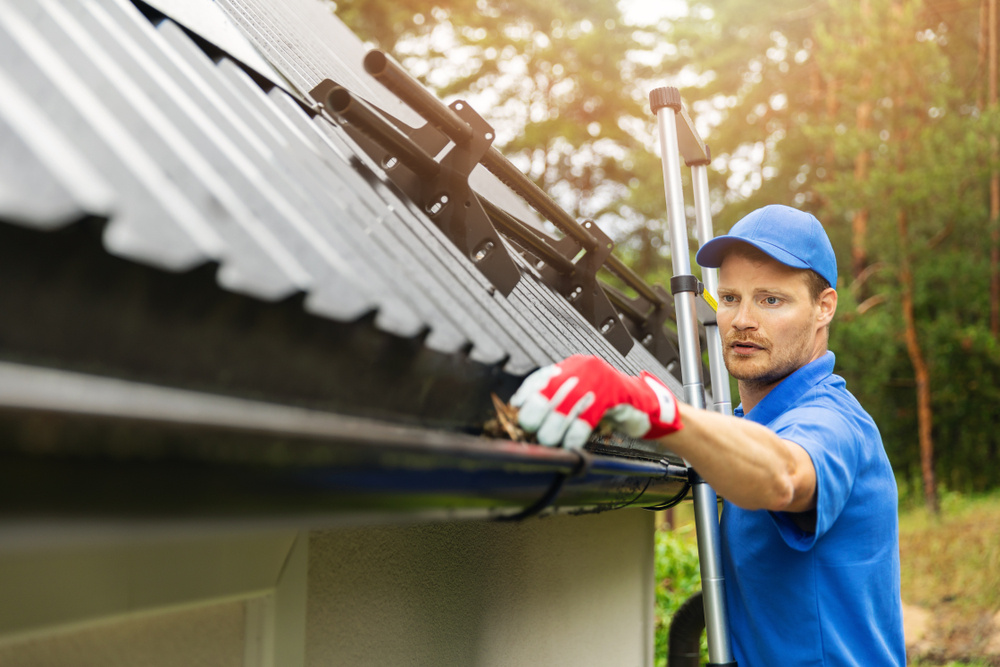

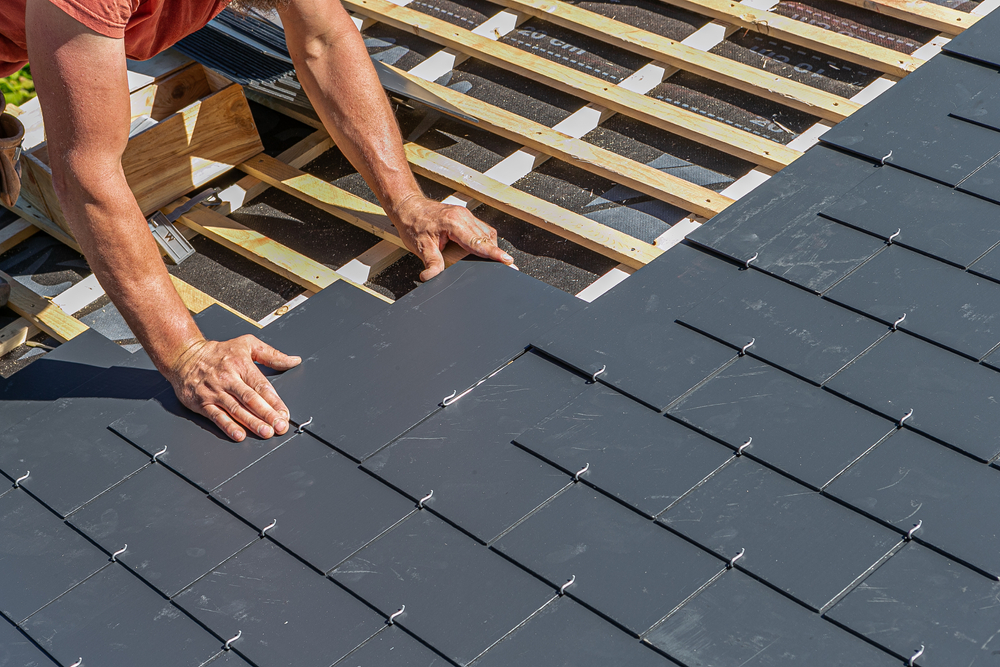
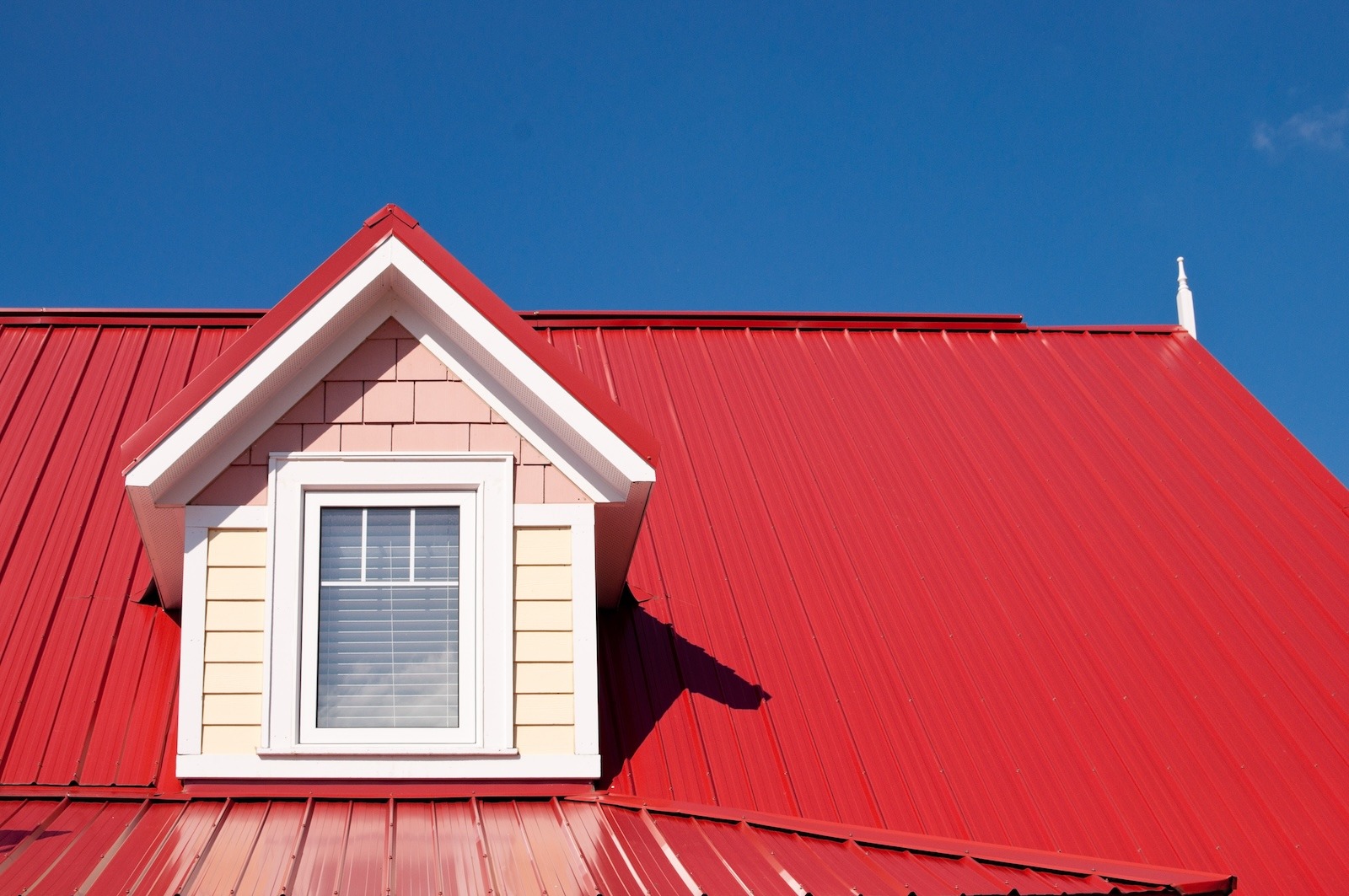
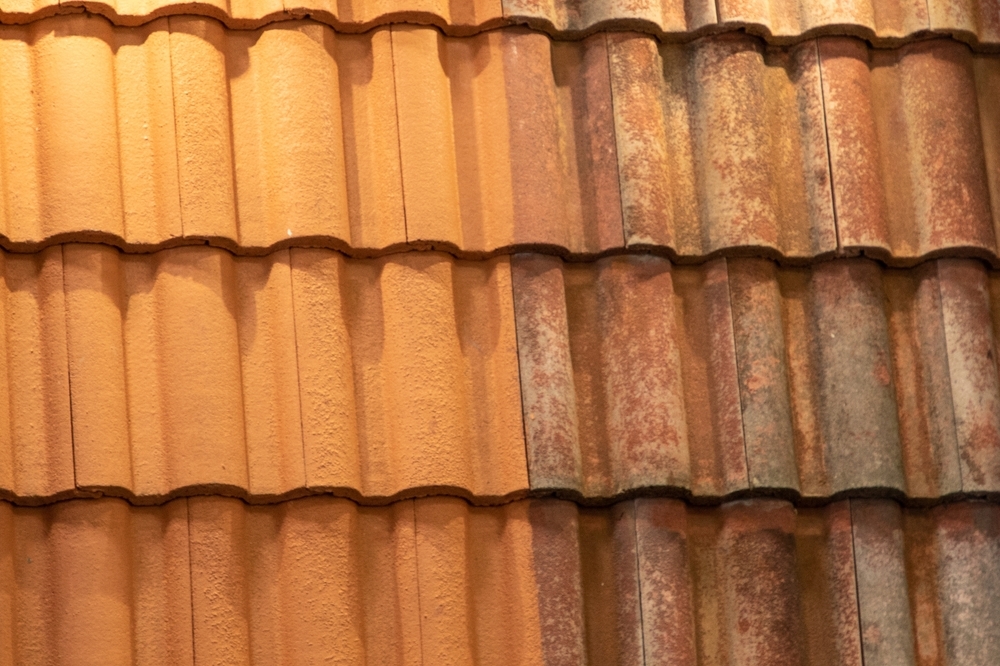
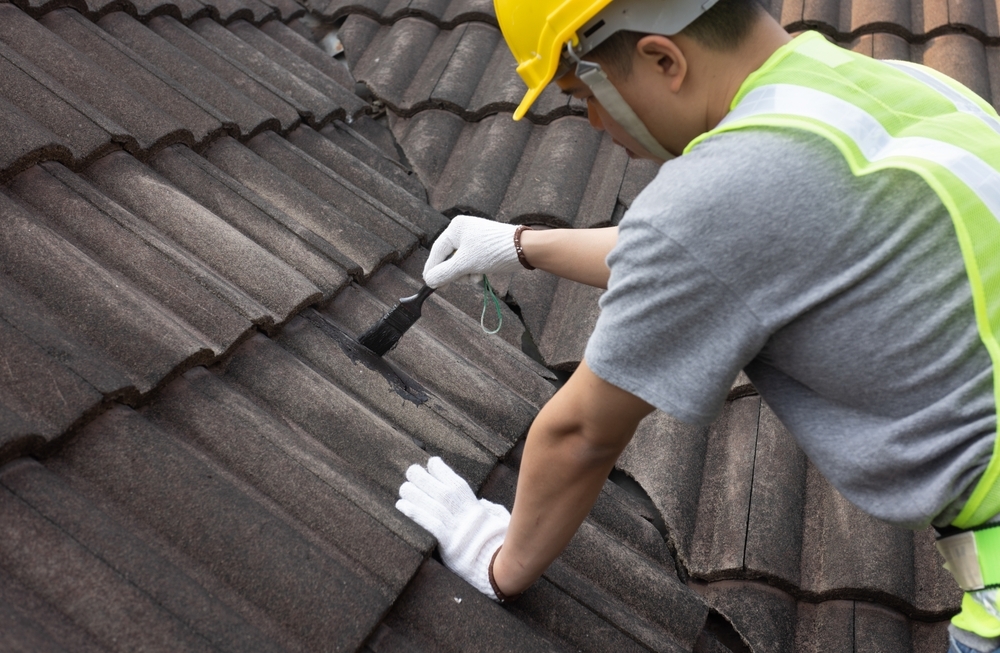
.jpg)
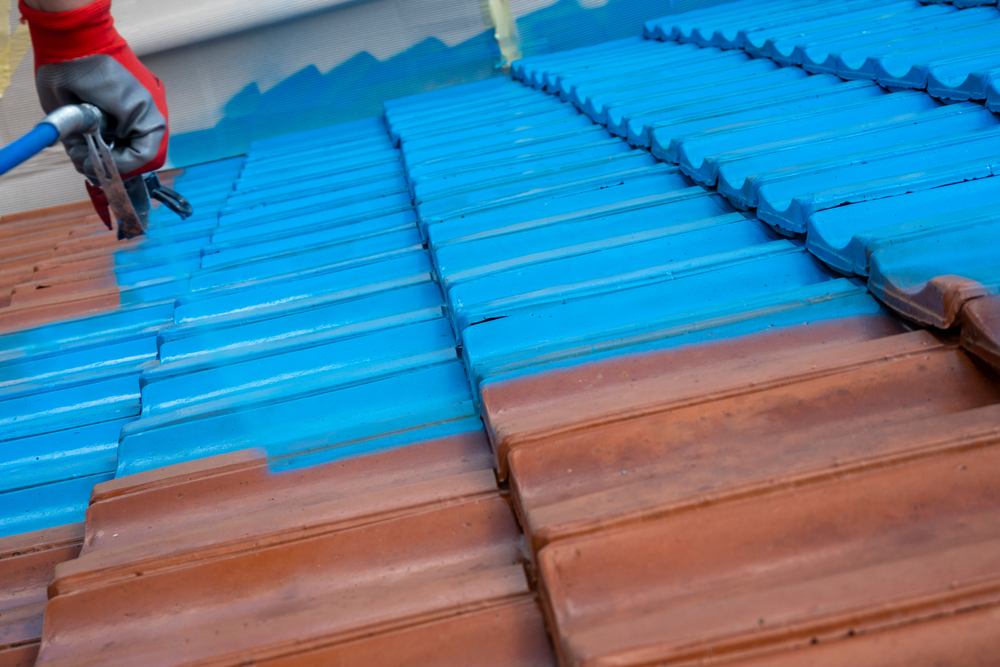
.jpg)
